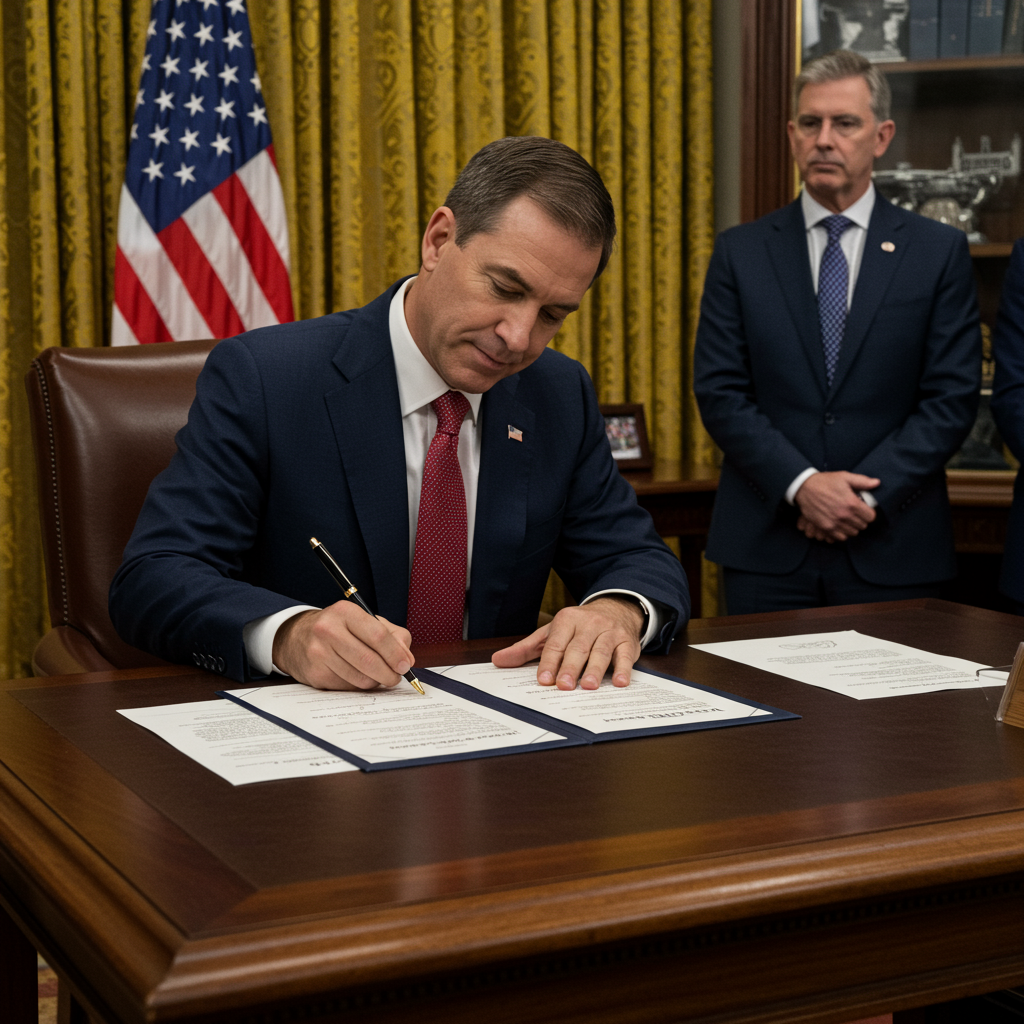Amid rising global economic headwinds, intensifying conflict between Israel and Iran is adding another layer of uncertainty, raising concerns about potential repercussions for the US economy, even from thousands of miles away. While some officials express confidence that the impact might be contained, many economists warn of significant risks.
Federal Reserve Chair Jerome Powell recently acknowledged the situation, suggesting that while Middle East turmoil can cause energy price spikes, these effects tend to be temporary and less impactful than historical shocks like those in the 1970s. He noted the US economy is far less reliant on foreign oil now. However, this perspective isn’t universally shared among economic experts.
The Critical Energy Price Risk
A primary channel for economic shock is the potential disruption to global energy supplies. Escalation could severely impact the Middle East, a region crucial for oil and gas production and transit.
Experts point specifically to the Strait of Hormuz, a narrow waterway connecting the Persian Gulf to the Gulf of Oman, as a critical vulnerability. Often described as “one of the world’s most important oil chokepoints,” approximately one-third of the world’s seaborne oil, averaging around 20-21 million barrels per day, passes through this strait. Any significant disruption or closure, even partial blockages targeting specific vessels, could dramatically impact the flow of global energy.
While a full, extended closure is considered unlikely by some analysts due to the severe repercussions it would have even for Iran’s own exports, the threat or partial disruption is real. A sustained $10 per barrel increase in oil prices could push inflation higher and slightly dampen economic growth in major economies. Some forecasts suggest prices could even surge above $100 per barrel in a severe scenario. Although the US is more energy independent than in the past, domestic gas prices would still likely rise significantly, squeezing household budgets.
Beyond Oil: Multiple Economic Shocks
However, the potential economic impact isn’t limited to oil prices. The conflict threatens the US economy through several interconnected channels:
Shipping and Supply Chain Disruption: Increased tensions and potential military action in key waterways, including the Strait of Hormuz and drawing lessons from disruptions seen in the Red Sea, could force ships to reroute. This leads to longer transit times, increased shipping costs, and delays in supply chains. Higher freight costs can quickly translate to increased import prices and, subsequently, higher consumer inflation, with effects potentially lasting over a year.
Increased Geopolitical Uncertainty: Heightened risk in a critical global region dampens business and consumer confidence. It can lead to reduced investment, decreased global trade, and increased volatility in financial markets, adding uncertainty to an already complex economic outlook.
- Layering Existing Headwinds: The Middle East conflict risk arrives when the US economy is already navigating other significant challenges. Notably, economists from major firms like JPMorgan have highlighted the potential impact of widespread tariffs as a separate, substantial shock that could contribute to slower growth, job losses, and rising prices (a scenario termed “stagflationary”). An energy or shipping shock from conflict would compound these existing pressures, intensifying the strain on consumers and potentially risking a more pronounced economic slowdown.
- www.aljazeera.com
- m.economictimes.com
- www.economicsobservatory.com
Central Bank Dilemma
This confluence of potential shocks presents a difficult challenge for policymakers, including the Federal Reserve. Faced with the possibility of both rising inflation (from energy and shipping costs, plus tariffs) and slowing growth (due to reduced consumer spending power and uncertainty), central banks may face reduced flexibility in setting monetary policy.
While the full extent of the economic fallout remains uncertain and depends heavily on how the conflict unfolds, the consensus among many economists is clear: an escalation poses a tangible and potentially significant threat, adding complexity and risk to the US economic outlook.


